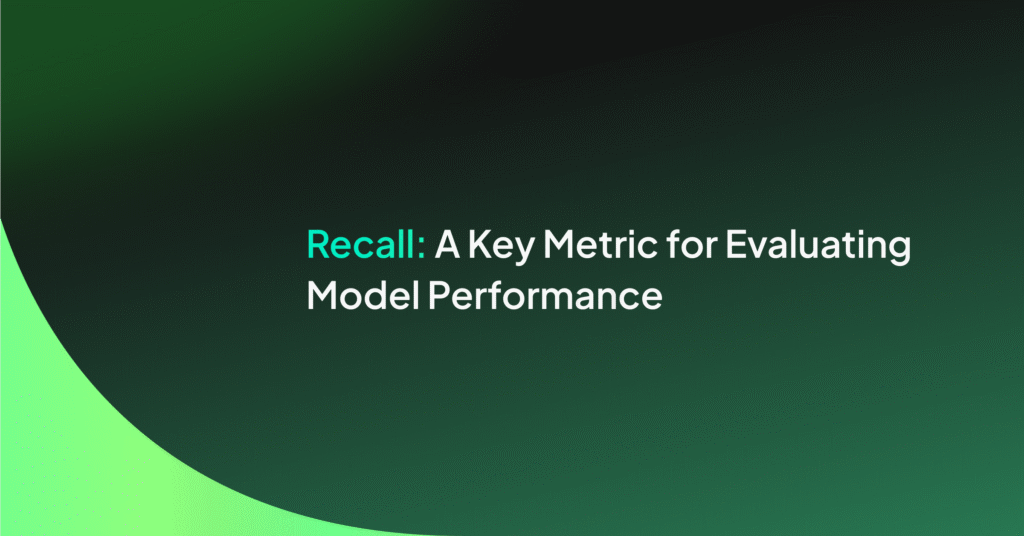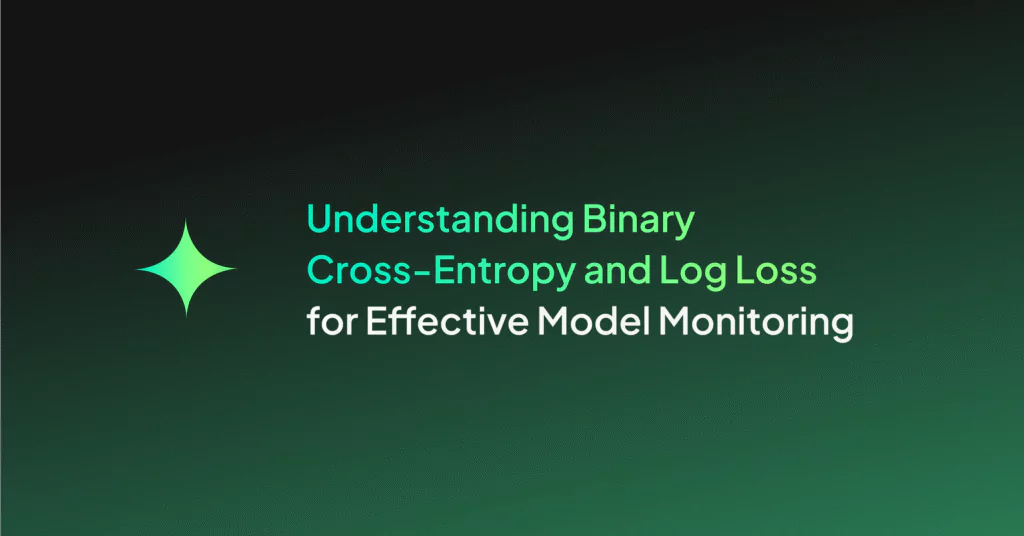Model Drift: What Is It and How to Prevent It

Model drift refers to the change in the statistical properties of the target function that a machine learning model is trying to approximate. This can happen over time as the distribution of the data changes, resulting in a mismatch between the training data and the test data.
For example, an eCommerce platform might use a machine learning model to detect fraud and identify fake stores or products. As the platform grows and incorporates more users, stores, and products, the model must adapt to the new data. Otherwise, the predictions become less accurate and the model will fail to identify fraudulent sellers.
Organizations can experience the negative effects of model drift gradually or suddenly. To prevent model drift, it is important to monitor the performance of machine learning models to identify their decay and assess the causes of the drift.
This is part of a series of articles about data drift.
Why is Model Drift Important?
Model drift is important because it can significantly impact the performance of a machine learning model on a production dataset. If a model experiences drift, it can lead to the model making incorrect or suboptimal predictions or decisions, which can have serious consequences for an organization.
For example, if a model that is used to make credit decisions begins to drift, it may start to approve loans for risky borrowers who are likely to default, leading to financial losses for the lender. Similarly, if a model that is used to predict equipment failures in a manufacturing plant begins to drift, it may start to miss important signals, leading to unexpected downtime and reduced productivity.
In addition to the immediate consequences of model drift, it can also lead to a loss of trust in the AI system and a decline in its adoption.
What are the Causes of Model Drift?
There are several causes of model drift, which can be broadly categorized as:
- Environmental causes: Changes in the environment can cause model drift. For example, if a model is trained to recognize handwritten text, a change in the writing instrument or paper texture can cause the model to perform poorly.
- Concept drift: The underlying problem or task that the model is trying to solve can change over time, causing the target function to change. For example, macroeconomic trends might behave in a consistent way in a growing economy but will behave differently in a recession. A model intended to predict these trends, which was only trained on data from high growth years, might generate wrong predictions when there is an economic downturn. .
- Data drift: As new data is collected, the distribution of the data can change, causing the model to become less accurate over time. This is known as data drift. For example, if a model is trained to predict stock prices, the prices and the market conditions are constantly changing.
- Human causes: Human errors such as data labeling errors, data entry errors, and data annotation errors can cause model drift.
- Anomalous data: The input data, either during training or at inference, could contain anomalies that skew the overall distribution of the data. These may include edge cases and biases that need to be identified and filtered out. For example, consider a model, intended to recognize models of cars, which was trained on a dataset that has some images of older car models not commonly found on the road. This might reduce the accuracy of the model when recognizing current car models.
- Non-stationary data: Some data is inherently non-stationary, meaning that its statistical properties change over time. Financial data, social media data, and web clickstream data are examples of non-stationary data. These types of data are susceptible to seasonal changes.
- Model aging: Over time, a model may become outdated and no longer be able to perform well on new data. This is known as model aging.
How to Detect Model Drift
Accurately detecting model drift is important to ensure that machine learning models continue to perform well over time. There are several techniques that can be used to detect model drift, including:
- Kolmogorov-Smirnov (KS) Test: This is a non-parametric test that can be used to compare the cumulative distribution functions of two samples. The KS test can be used to detect changes in the distribution of the data over time by comparing the distribution of the training data to the distribution of the test data.
- Population Stability Index (PSI): The PSI measures the difference in distribution between the training data and the test data. It is calculated by comparing the expected value of a variable in the training data to the actual value of that variable in the test data. The PSI can be used to detect changes in the distribution of individual variables.
- Z-score: This approach compares the difference between the mean of a variable in the training data and the mean of the same variable in the live data, and compares this difference to the standard deviation of the variable in the training data. A large z-score indicates a significant change in the mean of the variable, which may indicate drift.
5 Ways to Avoid Model Drift
There are several best practices that can be used to avoid model drift and ensure that machine learning models continue to perform well over time:
- MLOps: MLOps is a set of practices that can be used to create sustainable machine learning models. This includes automating the building, testing, and deployment of models, as well as monitoring and managing the performance of models over time. By using MLOps, it’s possible to detect and prevent model drift early and resolve issues before the model degrades significantly.
- Accurately labeling data: Model drift can be caused by data drift, which is when the distribution of the data changes over time. It’s important to label data accurately to avoid data drift and ensure that the data used to train the model represents the data to which the model will be applied. This requires proper data annotation, data cleaning, and data preprocessing.
- Regularly updating and weighting data: This makes it possible to keep the model up-to-date with the latest information and ensure that it continues to perform well. This can be done using techniques such as online learning, which allows the model to learn from new data in real time.
- Retraining or tuning the model: Model drift can also result from model aging, when a model becomes outdated and no longer performs well on new data. To avoid model aging, it’s important to retrain or tune the model regularly, using the latest data and techniques.
- Monitoring and evaluating model performance: Regularly monitoring and evaluating model performance, using a combination of drift detection methods, will help to detect drift early and make any necessary updates to the model.
Avoiding Model Drift
To avoid model drift, regularly monitor and evaluate the performance of machine learning models, establish a data quality assurance process, retrain the model on updated data, implement feedback loops and user testing, and continuously evaluate the model’s performance against business metrics using monitoring tools.




